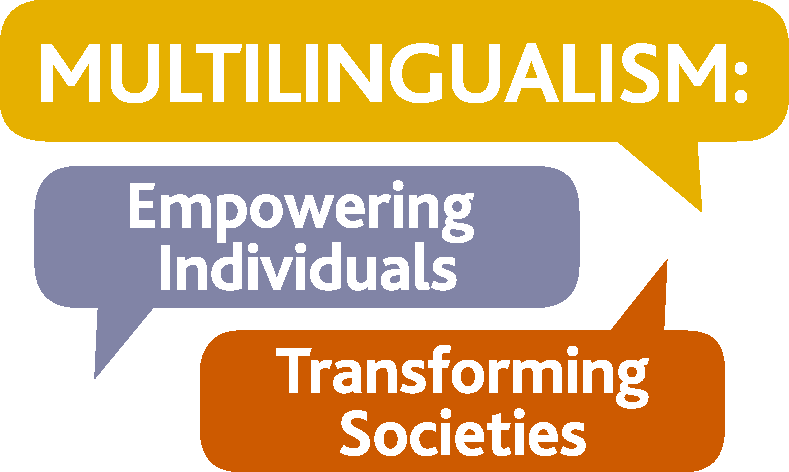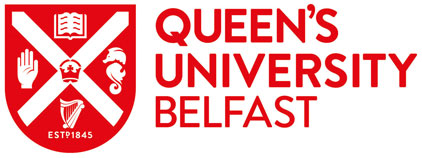Science impacts all our lives: from antimicrobial resistance to the causes and effects of global warming; from grocery shopping to sending rockets to the Moon. Some of our most complicated and urgent public policy debates are questions of science. To be included in these debates, today’s citizens need a broad understanding of what scientists aim to do and how scientific knowledge is built and communicated. However, there often exists a widespread discrepancy between expert understandings of such topics of public concern and how this knowledge is communicated through the media. This can lead to misunderstandings of key concepts amongst the public, including school-aged students (Deignan et al. 2017). One approach to understanding how scientific knowledge is built and communicated is to develop students’ capacity to analyse the language of science.
Scientists aim to understand the physical, chemical and biological world we inhabit. To do this, they develop subject-specific concepts to enable them to predict, reason and communicate when doing science. Much of what goes on in a science lesson is done to develop students’ subject-specific conceptual thinking. This is reflected in the first aim of the National Curriculum for science, which is “to develop scientific knowledge and conceptual understanding through the specific disciplines of biology, chemistry and physics” (Department for Education 2015). These subject-specific concepts can range from being either relatively concrete (equipment used in experiments), to being more abstract, i.e. concepts of tiny things (microbes, atoms) or theoretical abstract concepts (energy, power, life, climate change). All these subject-specific concepts are created and represented in and through language.
The importance of language, especially the use of specialised vocabulary, is noted in the National Curriculum for science (Department for Education 2015). It places an emphasis on “the precise” use of language – but what does this mean in a science learning context? Scientists have a very tight agreement about what words refer to. To come to this agreement, they need to have used and thought about the language’s meaning for a while before being able to use it with precision. Sadly, as much of the language of school science is well established, students often feel intimidated by its formal, de-personalized vocabulary and structure. Opening a dialogue with students about scientific language that they encounter can not only reduce this fear but also help the students’ understanding of science itself.
Much of how teachers talk about their students’ failure to progress in science is due to their “misconceptions” of scientific concepts. Understanding how these misconceptions can arise in the first place can be revealed by exploring the language patterns that their students are exposed to, both in and outside of the classroom. Take the everyday phrase, “I have no energy today.” The commonplace concept of energy that we build up in our minds when hearing phrases like this is one that is dynamic and full of movement. This is often very different from the scientific usage of the word. A student may therefore struggle to understand why a Coke can has gravitational potential energy when it just sits on her desk. Teachers and students who have some knowledge about how language operates, and how it can cause some of these misconceptions, are in a better position to untangle students’ thinking when they get stuck.
One area of exploration that would benefit students in a science lesson is the use of metaphor. A metaphor is when one idea (normally an abstract one: the target) is understood in terms of another (a concrete one: the source). Two things are different, but some form of similarity can be perceived between them. As noted by Brown (2003:2), who was a scientist himself, “much of what scientists do – how they conceive of productive experiments, what they observe, and their interpretations of observations – is governed by metaphorical reasoning.” Scientific language is riddled with words that can act as metaphors. Take, for example, greenhouse gases. The atmosphere is not a greenhouse made of glass, but acts like a greenhouse in that the greenhouse gases cause the atmosphere to heat up. Metaphors act as thought-figuring-out devices that help us make sense of complex abstract phenomena that are otherwise difficult to conceptualise. That’s why scientists often reason with them and teachers often use them in the classroom as a pedagogical tool. The difference is that once scientists have their results and are confident with their findings, the metaphorical language becomes literal for them. It becomes a term with a clear, established referent. Science learners, on the other hand, will interpret these metaphors using their own everyday understandings of the world, which, if left unexamined, can lead to “highly simplified and often inaccurate understandings” (Deignan et al. 2017:379). So, an essential part of linguistic analysis in science should include a critical analysis of metaphors used in a science lesson: which aspect(s) of the everyday concept of a greenhouse are transferred to the scientific understanding of the greenhouse effect? Which aspects of the source domain “a greenhouse” are helpful and which aspects are not?
The following illustrates how language can shape abstract thought during a science demonstration. It also shows how certain misconceptions could arise. The teacher may well describe the process of heat energy transfer to his/her first-year secondary students like this:
a) Look at this! The heat energy travels along the metal rod.
Here, in this intransitive clause structure, the verb “travels” together with the preposition “along” can evoke an image of a thing moving along a path. The choice of verb has consequences for how we might conceptualise the abstract concept of “heat energy”, which is part of the first noun compound, or the subject of the clause. This intransitive structure encourages us to conceptualise energy as a concrete thing, such as a car, moving along a path. Choosing to place “energy” as the subject with “travel” as the verb has consequences for how we understand what energy is: we might understand it, if we have no reason to believe otherwise, to be like a car, to have a particular size and weight, and be powered by a driver and so on. This understanding runs contrary to a more scientific-like understanding of energy that the students will need as they progress through school. So, although the teacher has used a common language, one that should be familiar to the students, to engage them during the demonstration, it may evoke certain images in the students’ minds that may prevent them from gaining a deeper scientific understanding of the concept of energy.
Although the aim of science is to provide an objective account of the world, one that is detached from the observer, when communicating our ideas about this world to each other we often wish to foreground aspects of this reality that we find particularly important or interesting. We choose our language to express our version of reality that we wish to communicate. To provide a more accurate account of how scientists might imagine the process of heat transfer, they have developed their own specialized vocabulary and tend to prefer certain grammatical structures that yield a more objective account of the world.
So, the same situation expressed in example a) might be construed the following way:
b) The metal rod transfers the heat energy.
Or
c) The heat energy is transferred along the metal rod.
Although these examples describe the same situation as found in a), they foreground, that is, draw the listener’s attention to, different aspects of it. The choice of verb is key here. The transitive verb “transfer” denotes movement in more general terms in that it can refer to the movement of anything (not just people), in any manner. Therefore, it is less likely that the students, when hearing the word, will conjure up images of a car-like object moving along a path, as they would if they heard the metaphorical term “travel”.
As we can see in the above examples, the language of a science classroom is made up of both a common everyday language, like that found in example a), and a more specialised academic language found in examples b) and c). Understanding through linguistic analysis how each of these language varieties is structured and the possible effects of the language patterns on the minds of the students can reveal much about what students might be thinking when doing science. Students and their teachers can develop a critical awareness of the pitfalls of using metaphorical language, such as “travel”, to refer to the movement of heat energy, for example, and develop an awareness that word choice matters.
One further reason for integrating linguistic analysis into science classes is that the analytical thinking skills used when analysing language mirrors many of the thinking skills required by learners when setting up scientific experiments. Isolating the parts of a clause and analysing their effects on the other parts, or figuring out the structure and the effectiveness of a metaphor, is akin to identifying and understanding variables in an experiment. For example, health campaigns and the media often frame our resistance to antibiotics with a military metaphor: we “fight” diseases with antibiotics. Asking students to identify antibiotics as the weapon in this metaphor, for example, involves understanding their behaviour and how they function in relation to the microbes. Understanding the effects of variables in an experiment that explores the growth rate of a microbe under controlled conditions, students would be required to understand the variables’ effect on the microbes: warmth promotes growth, antibiotic substances prevent growth. Both linguistic analysis and reasoning about the real world involve a slow, deliberate critical approach to problem-solving.
Understanding how we use language when doing and learning science can be a powerful analytical lens for students. It can provide an enabling perspective to both teachers and students into how scientific knowledge is created and communicated both in and outside of the classroom. This involves knowledge about how language functions and is structured, as this can bring insight into how our thoughts and concepts are structured when thinking, doing and talking about science.
Further reading
Brown T. (2003). Making Truth: Metaphor in Science. University of Illinois Press.
Deignan, A., Semino, E., & Paul, S. A. (2017). Metaphors of climate science in three genres: Research articles, educational texts, and secondary school student talk. Applied Linguistics, 40(2), 379–403.
Department for Education (2015) National curriculum in England: science programmes of study.
About the author
Sally Zacharias is Lecturer in Education at the University of Glasgow.
Please cite: Zacharias, S. (2020). Integrating linguistic analysis into science pedagogy. Languages, Society & Policy. https://doi.org/10.17863/CAM.49349






